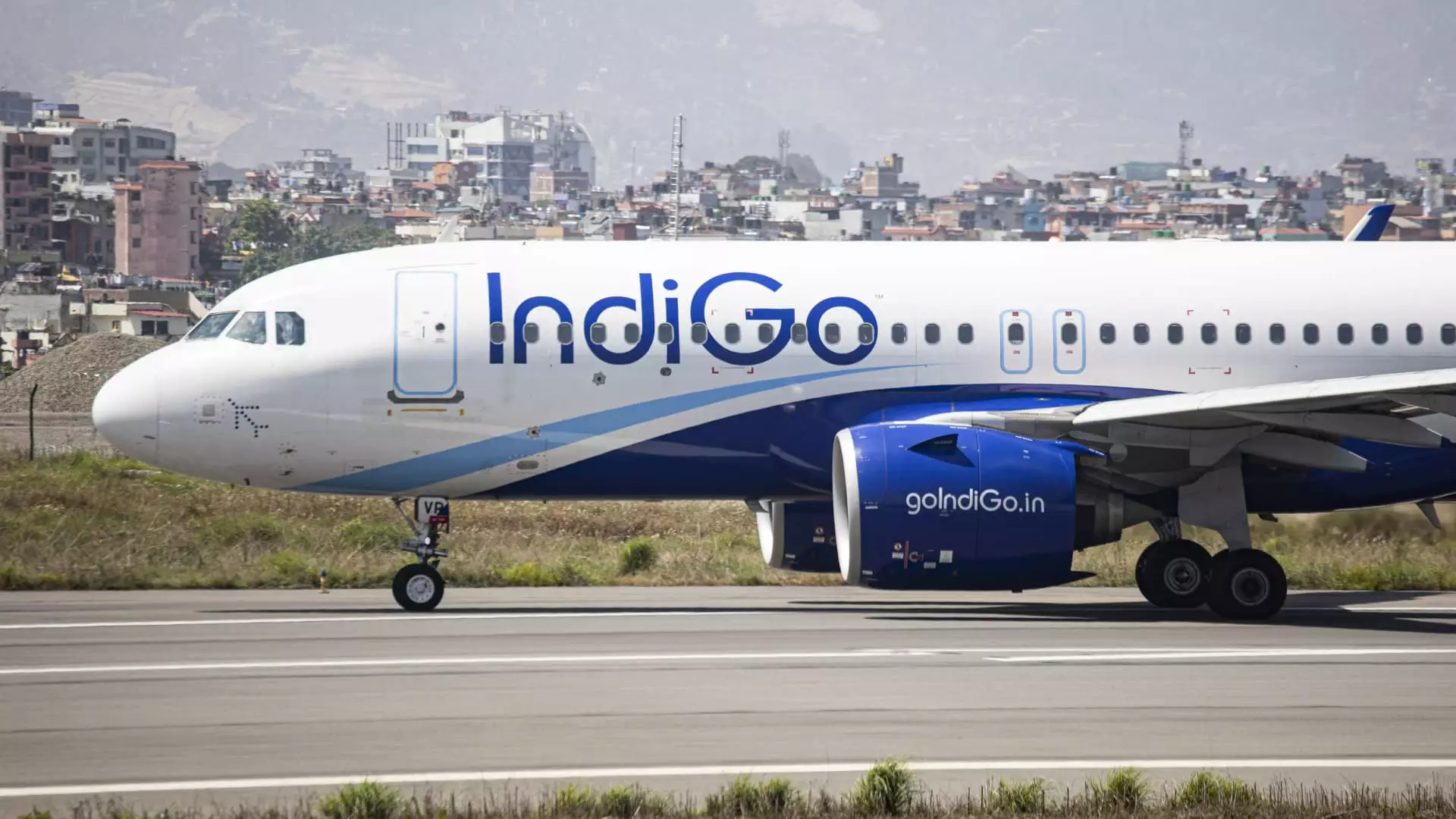In a world more connected than ever, the closure of airspace can have rippling effects across economies and aviation networks. The recent decision by Pakistan to close its airspace to Indian airlines embodies how political tensions can directly influence commercial activities. This development has significant implications for travel between India and multiple global destinations, prompting airlines to reconfigure flight paths, alter customer plans, and reconsider resource allocations.
Operational Challenges and Extended Flight Routes
As Indian carriers like Air India, IndiGo, and SpiceJet scramble to adapt to this new reality, the operational challenges are clear. Instead of following standard routes over Pakistan—typically the shortest and most cost-effective airlines are now burdened with longer detours. These revisions not only increase flight times but also incur additional costs related to fuel and other operational expenses. For instance, flights that once connected Indian cities to Europe, North America, and the Middle East with relative ease now face stopovers for refueling, like the notable deviations of Air India flight A1101 to Copenhagen and Vienna last week. This not only frustrates the travel plans of passengers but also impacts the airlines’ bottom lines.
The prolonged detours have the potential to generate operational inefficiencies. IndiGo predicts that around 50 international routes could be affected. This creates a complicated labyrinth for airlines as they seek to provide timely service while navigating political fallout. The projected disruption, while not catastrophic, is significant enough to warrant attention. Airlines are faced with the dual challenge of maintaining schedules and ensuring profitability in an already strained economic climate.
Potential Economic Ramifications
The economic consequences of this airspace closure may extend beyond the immediate inconvenience to travelers. With air traffic and tourism closely intertwined, the disruption of routes could inhibit Indian carriers’ competitiveness against other international airlines that are not encumbered by similar restrictions. This poses a risk to the larger aviation economy, where a well-connected flight network is essential for efficient global commerce.
Interestingly, the impact of the airspace closure might serve as a double-edged sword. While airfares on specific routes, such as Delhi to Srinagar, have experienced initial declines—possibly due to mass cancellations following the tragic incident in Pahalgam—the long-term economic outlook is less clear. When the airspace was shut down for five months in 2019, Indian airlines reportedly lost around $82 million. Such statistics raise concerns about whether airlines will increasingly pass on costs to travelers or if they will find ways to absorb the financial burden to keep pricing competitive.
Political Underpinnings and Human Impact
The airspace closure is complementary to the geopolitical tensions between India and Pakistan, epitomizing how international relations directly affect civilians. The closure came on the heels of a tragic incident where 26 tourists lost their lives, an event that has reignited a complex and contentious narrative surrounding Kashmir. India’s government has linked this tragedy to Pakistani militants, a claim that further entrenches divisions between the two nuclear-capable nations.
Consequently, it raises questions about the broader ramifications for Kashmir, a region that relies significantly on tourism. Muheet Ul Islam, a local journalist, noted a “pin-drop silence” in the region following the recent travel disruptions. This silence speaks volumes about the human and economic sense of loss, compounded by the complex emotional landscape of a historically contentious area now faced with uncertainty.
The Role of the Airlines in Mitigating Crisis
Airlines have a crucial role to play in addressing passenger concerns during tumultuous times. Both Air India and IndiGo have responded to the current crisis by offering to refund or reschedule bookings, recognizing the heightened sensitivity surrounding travel to Kashmir. While this reflects a degree of corporate responsibility, it also showcases the airlines’ acumen in managing public relations.
However, the long-term sustainability of this strategy remains to be seen. Will airlines merely react to crises as they arise, or will they adopt proactive measures to create a more resilient operational framework? As air travel continues to be shaped by the ebb and flow of political events, airlines will need to strike a delicate balance between operational realities and customer expectations.
The fallout from Pakistan’s airspace closure serves as a stark reminder of the complex interplay between air travel, geopolitics, and human experiences. The effects are not merely logistical or fiscal; they resonate deeply within societies caught in the crossfire of historical grievances and current realities. The aviation industry must navigate this turbulence with foresight and innovation to ensure that it thrives despite the challenges ahead.

